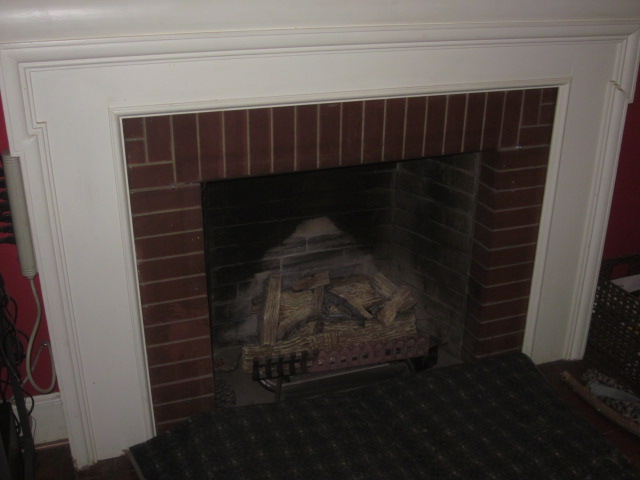
by blogediter | Aug 22, 2023 | Gas Logs
So you bought a vent free gas log or a vented gas log to retrofit your fireplace from wood burning into “clean” gas burning, and you wonder can I plug a gas fireplace chimney?
You read all about how your “clean” burning gas log can operate at 99% efficiency, because it doesn’t need to be vented through a chimney to the outside. Now, you are wondering how to plug a gas fireplace chimney, so you can keep all that heat in the house?
Honestly, I don’t know how installers or manufactures of gas log fireplaces can in good conscience sell gas log retrofits anymore. Vented gas logs are a setup for drafty rooms and high gas bills with no heat to show for it. Vent free gas logs are promoted as “clean burning”, even though they have been proven by a University of IL study that shows they put high levels of NO2 fume contaminants into your home.
Just google “vent free gas log dangers” and you will see hundreds of articles on that topic. Some US states have banned them entirely, for good reason! You will notice all the “Pro” gas log articles are by places that benefit from you buying one, and the “Con” articles are health agencies or building science agencies.
Personally, If I bought a house with a gas log of any kind, the first thing I would do is pull that gas log out and plug a gas fireplace chimney afterward.
Let’s zoom out and look at the different types of gas burning fireplaces, and how you can use them.
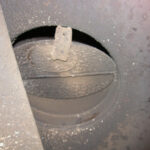
Clamp to hold damper open
Unvented gas logs (also called vent free gas logs) should not be retrofitted into a firebox that is a wood burning fireplace. You cannot simply drop one in, run a gas line to it, and plug a gas fireplace chimney. You can’t plug a gas fireplace chimney with a Flueblocker, a Chimney Balloon, or a metal damper of any kind. The reason is it will burn a non-metal chimney plug, and a metal damper can cause heat and fume spillage into the house in a manner that is not safe. Odds are your mantel area is not designed to have the intense heat of a vent free gas log spilling up the face of it.
Vented gas logs are mostly designed to be retrofitted into and old wood fireplace. But the downside is, by code you will need to clip open or remove the damper from the fireplace. This leaves a sizable hole open all the time. It is like me telling you to keep a window open 6″ all year long. Why would you want to do that? You wouldn’t!
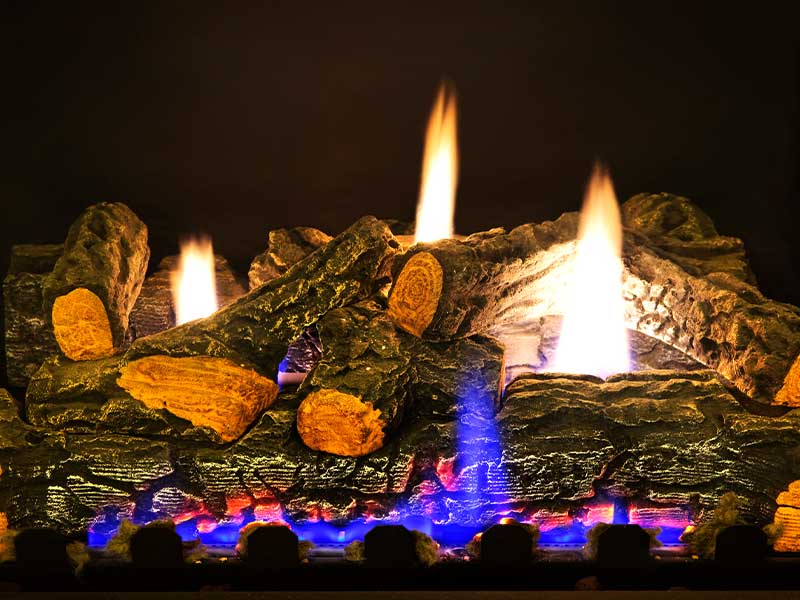
by blogediter | Jul 8, 2019 | Gas Logs
Q: I have an old house and for whatever reason, there is not a damper at all (never was) on the fireplace. I love vent-free logs and am planning on installing them in this fireplace. Do you make a product that I can use in lieu of having to have a damper installed in order to keep the heat from my vent free logs in the house? _ ET
A: ET, I’m sorry we do not have a heat-resistant version of the Chimney Balloon. Our product is actually designed to release if exposed to acute heat. I wish I could direct you to this issue, but your fireplace and mantel may not be well equipped to handle the heat spillage from a vent-less gas log. I wouldn’t want you to risk a fire from having heat spilling up across your lintel and mantel. You may want to think carefully if this is in fact how you would like to heat that room. – Jason
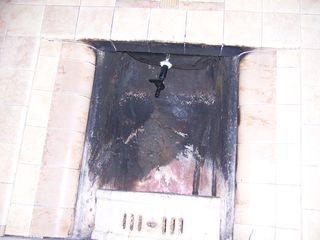
by blogediter | Jun 28, 2019 | Gas Logs, Chimney Plugs, Chimney Problems
Q: Jason, We have a coal-burning fireplace that we will never use. The chimney has a smoke shelf and (as far as I can tell) no damper. The chimney measures 14 X 16 just above the smoke shelf. I guess that means we will need to order a custom Chimney Balloon. How much would that cost and how do we go about doing it? – ST
A: ST, Just to be on the safe side I would go with a 15”X18” custom Chimney Balloon.
FYI, If your smoke shelf is far up your chimney you can also measure the space below the smoke shelf and before the damper if that allows enough space for the Chimney Balloon. The most important thing is to look for the most convenient space to reach. If the best location is higher than 12 inches past where you can touch with your hand, consider purchasing an HEK Extender with your Chimney Balloon. – Jason
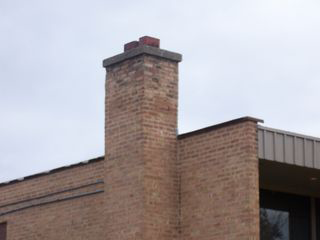
by blogediter | Jun 7, 2019 | Gas Logs
Where to Measure a Heatelator Pre-Fab Fireplace
Q: We have a 2 sided fireplace on the ground floor of our house and a 3 sided fireplace in the basement. Our house was insulated from electric heat. When we have a fire in one fireplace we get smoke coming back into the house through the other one. Would a chimney pillow stop the smoke from coming back in? Thanks very much for you help.- JU
A: Dear JU, Correct me if I am wrong, but it sounds like you have two separate chimneys for your two fireplaces they just share the same chimney structure? (like in the picture on the left)
If the answer is Yes, you do have two separate fireplaces and the flues are separate. Then the Chimney Balloon will stop the smoke from crossing over and re-entering the house through the other chimney. – Jason
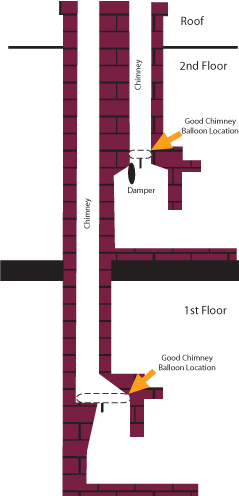
by blogediter | May 15, 2019 | Gas Logs
Q: Jason, We have a 2 sided fireplace on the ground floor of our house and a 3 sided fireplace in the basement. Our house was insulated from electric heat. When we have a fire in one fireplace we get smoke coming back into the house through the other one. Would a chimney pillow stop the smoke from coming back in? Thanks very much for your help. – JJ
A: Dear JJ, Correct me if I am wrong, but it sounds like you have two separate chimneys for your two fireplaces and the two chimney flues go up one main brick chimney structure?
If the answer is Yes, you do have two separate fireplaces. Then the Chimney Balloon will stop the smoke from crossing over and re-entering the house through the other chimney flue. This is called smoke crossover. It is when the one chimney is breathing out air from the home and smoke from the fire mixed together, the other chimney is breathing in outside air to equalize the pressure in the home but is also sucking back in smoke.
Many people assume closing the damper on the unused fireplace will stop this crossover, but that is not the case. Dampers are not tight enough to stop this air draw. That is why a Chimney Balloon is needed in the unused fireplace to stop the air draw inward through the second flue. This forces the house to find another location to draw air in at where there is no smoke.
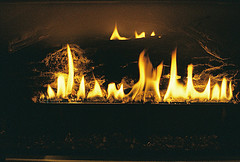
by blogediter | May 10, 2019 | Gas Logs
Q: I have a set of gas logs that are un-vented. Am I able to use the Chimney Balloon to completely seal off the outside air and use the fireplace at the same time? I have a damper and would keep it closed, but I would be afraid the “auto-deflate” option might kick in on me. – NE
A: Dear NE,
Even if it is a vent free gas log If you light a fire under a Chimney Balloon it will burst and deflate. The heat will sneak up past your damper and get the Chimney Balloon to its burst temperature point.
However, it does benefit you to have the Chimney Balloon in while the vent-free gas log unit is not in operation. – Jason






